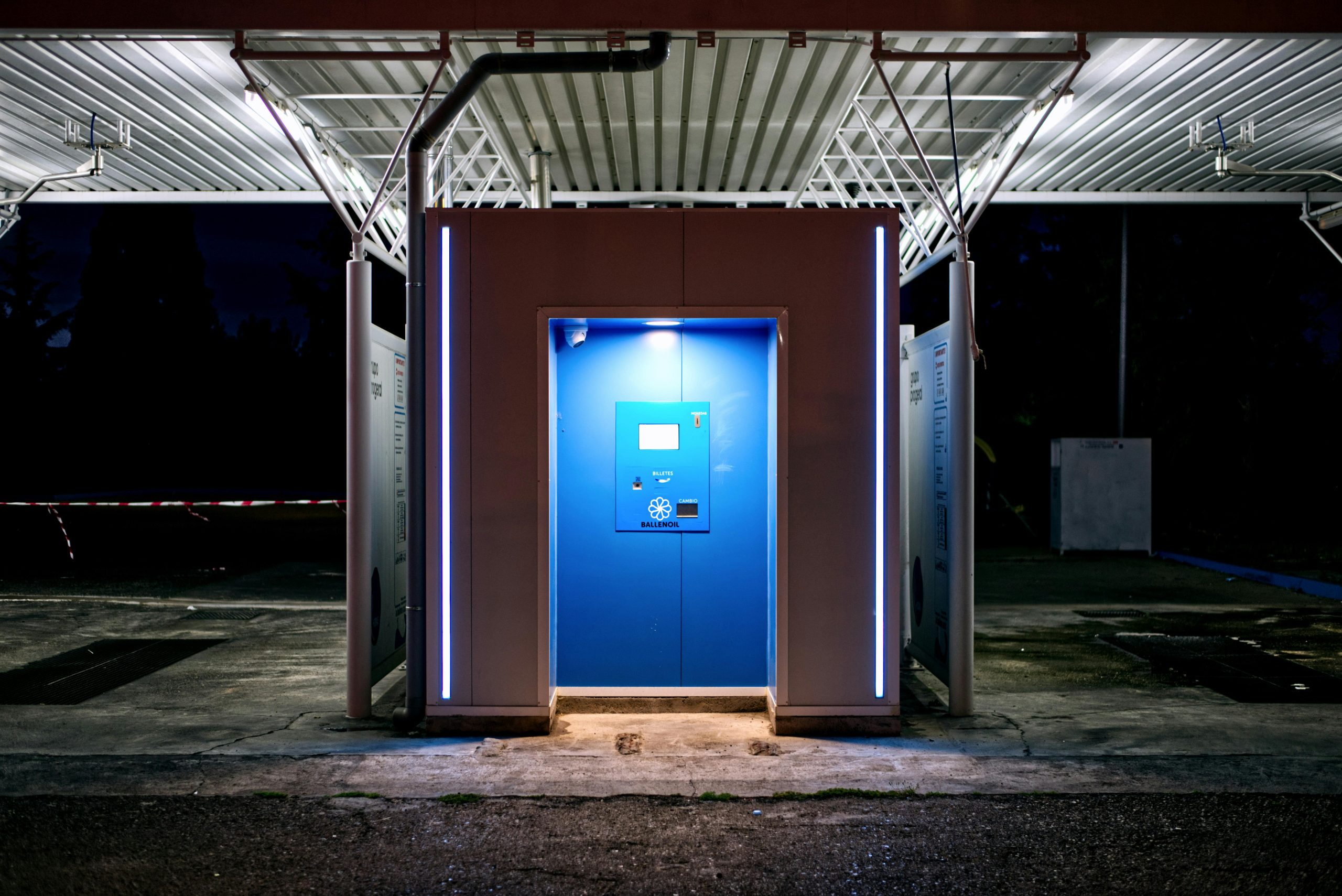The CSCS (Construction Skills Certification Scheme) Lifts and Escalators Category 21 exam assesses an individual’s knowledge and understanding of safety practices, procedures, and regulations related to working on lift and escalator installations.
Passing this exam is crucial for obtaining a CSCS Lifts and Escalators card, which demonstrates competence and allows workers to carry out their duties safely on construction sites.
Make sure you take our CSCS Lifts and Escalators practice questions after reading this guide.
Safety Principles
Authorisation and Training
- Only trained and authorised individuals are permitted to release trapped passengers or perform specific tasks.
- Registration and monitoring processes must be followed for lone workers.
Risk Assessment and Safe Work Procedures
- Conduct risk assessments to identify hazards and establish safe work procedures.
- Follow lock-out and tag-out procedures for isolating energy sources.
Personal Protective Equipment (PPE)
- Wear appropriate PPE, such as safety gloves, safety footwear, and helmets, based on the task and work environment.
- Avoid wearing jewellery or loose clothing near moving or electrical equipment.
Electrical Safety
- Use insulated tools and insulating mats when working on electrical components.
- Ensure proper isolation and lock-out procedures for electrical equipment.
Lifting Operations
- Never exceed the safe working load (SWL) of lifting accessories.
- Inspect lifting equipment and accessories for defects before use.
- Follow statutory examination requirements for lifting equipment used to lift people.
Work Environment Safety
- Secure tools and materials to prevent falling objects.
- Erect barriers and install protective guarding where necessary.
- Ensure proper illumination and ventilation in work areas.
Machine and Equipment Safety
- Install guards and protective devices on rotating equipment and machinery.
- Follow safe procedures when accessing car tops, pits, and other confined spaces.
- Test and verify the functionality of safety switches and emergency stops.
Fire Safety
- Use appropriate fire extinguishers for electrical fires (e.g., dry chemical, dry powder, or carbon dioxide).
- Obtain hot work permits for tasks involving open flames or heat sources.
Environmental Protection
- Dispose of hazardous materials, such as used oil, through registered waste processes.
- Minimise environmental impact by following proper waste management procedures.
Communication and Reporting
- Report any defects, hazards, or concerns to supervisors promptly.
- Understand and follow safety signage and instructions.
Conclusion
Thorough preparation and understanding of safety principles, procedures, and regulations are essential for success in the CSCS Lifts and Escalators exam.
Regularly reviewing this study guide, along with practical training and on-site experience, will help candidates acquire the necessary knowledge and skills to work safely in the lifts and escalators industry.
Now try our CSCS Lifts and Escalators mock exam questions.

